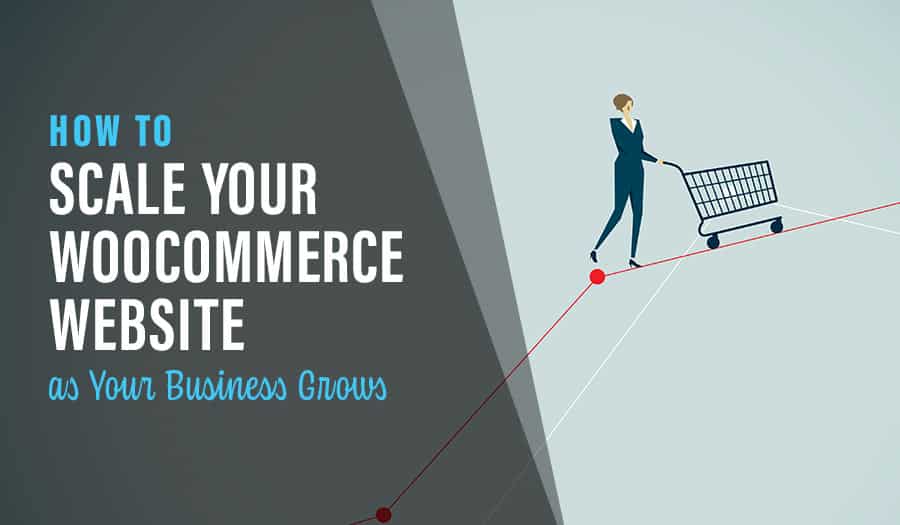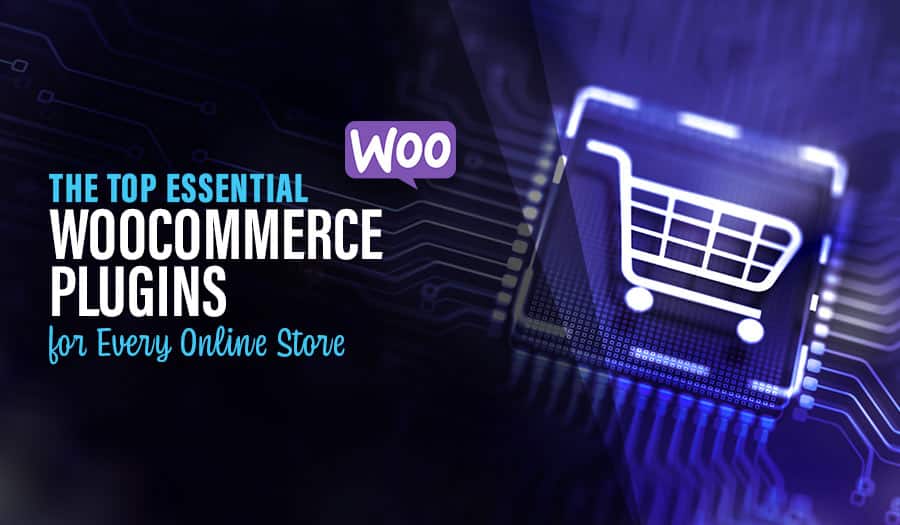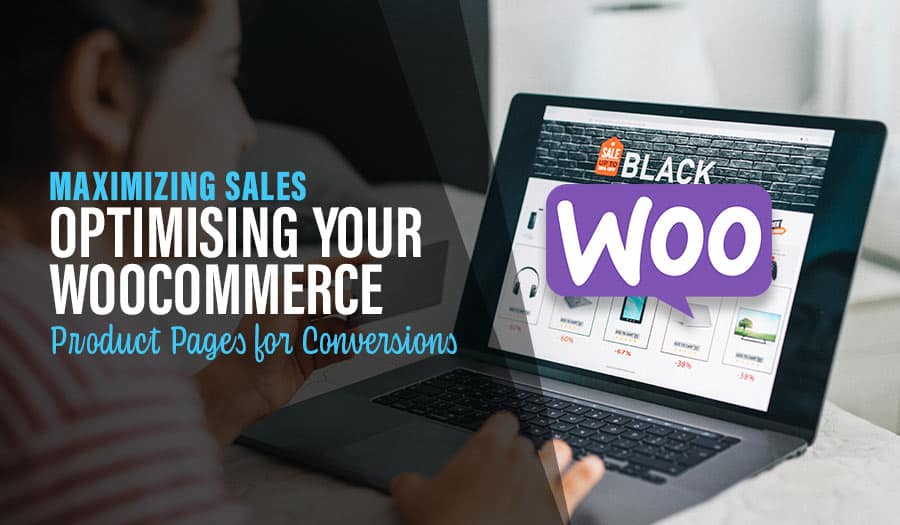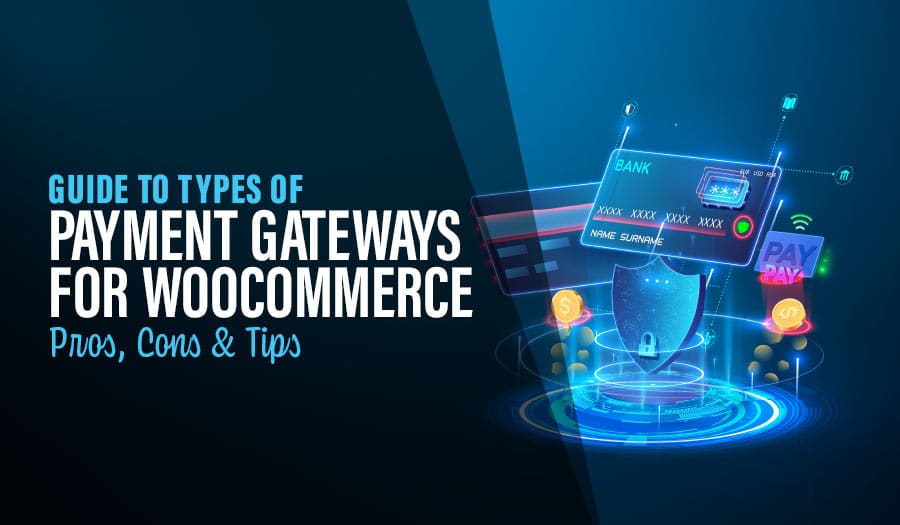With the pandemic redirecting shopping to online stores, e-commerce has experienced massive growth on all fronts. Fortunately, if you own a WooCommerce store, you can easily optimize your store for growth. This means it can hold more products, allow more traffic, and process more sales while still offering customers a great user experience. Let’s explore How to Scale Your WooCommerce Website as Your Business Grows.
WooCommerce is highly scalable and flexible, allowing progressive performance as your business grows. This article explains how you can scale your WooCommerce website effectively to handle the growing business.
What Does it Mean to Scale Your WooCommerce Website?
Scaling in WooCommerce means progressively growing your online store without slowing down the site’s performance or the user experience. You watch your store handle a few customers a day to over a thousand in an hour, and then to concurrent hits and processing many orders simultaneously.
All this happens without damaging customer experience through delayed load times and sluggish performance when moving around the store.
Scaling is all-inclusive. It’s not only about accommodating more traffic but also holding more products that people may be interested in. A great scaling matrix should increase traffic from the right sources and increase revenue generated from product sales.
To scale your WooCommerce website means that your site will experience fast loading speeds even when experiencing high traffic and processing large orders.
Is it Difficult to Scale Your WooCommerce Website?
As mentioned earlier, WooCommerce’s framework is highly scalable and can facilitate a smooth growth process for your business. However, other non-WooCommerce elements come into play when scaling. They include:
-
Hosting server hardware
Your server should be able to handle the weight that comes with a growing online store. This is determined by your hosting service provider and the plan you choose.
For example, a shared hosting plan with many other subscribers may not allow you to scale enough for an online store. Therefore, a dedicated server or a virtual private server is recommended.
When choosing a hosting service provider, ensure that you ask about the plan you are getting into and how many other sites it hosts, any limitations on the plan, and how often the servers go down. If you are already on a plan that doesn’t allow much flexibility in terms of growth, a change will do you and your business a lot of good.
-
Plugins
While different plugins largely scale your online store, too many of them may cause your site to lag and load slowly. This will impact customer experience, increase bounce rate, and result in lower sales.
However, you can use fewer plugins that serve specific purposes in scaling your website, ensuring that they are light-weighted so that they don’t slow down your site.
-
Traffic
People find your website through different sources. And while you may not necessarily control how much traffic your site receives in a day, it’s important to maintain a well-distributed traffic flow for your website.
Remember that your optimization strategies will increase traffic to your website. Therefore, scaling will ensure that your website can always accommodate high traffic, especially during seasonal holidays when people shop more.
How to Scale Your WooCommerce Website
Now that you know what it means to scale your WooCommerce website, it’s time to look at practical things to scale your online store and maximize revenue while minimizing the pitfalls. With the scalability and flexibility that comes with WooCommerce, it’s possible to have a highly-optimized online store and boost your sales.
-
Choose a dedicated hosting server for your WooCommerce store
Compared to a shared plan hosting server, a dedicated host is equipped to handle high even on peak shopping days without slowing down or crashing. Your hosting service provider should explain to you how scalable the dedicated host is and if there are any limits.
Also, ensure that your server is in its latest version with updated tools and databases, including MYSQL and PHP. Hosting providers always have great customer support to help you set up your server correctly.
-
Pick an intuitive theme
The theme you choose for your store should be highly customizable depending on what you are selling in your store. A WooCommerce theme is more interactive than a regular WordPress theme because it has an integrated shopping cart and a check-out process.
Ensure that your site’s theme communicates the type of products in your store. For example, let your theme offer all the information a customer may need if it’s an online automobile store. Also, it should make navigation easier such that customers have an easy time around the website.
If you choose a theme that works seamlessly, allowing customers to shop and check out with ease, you’ll be sure of more sales in the long run. However, if you are unsure of a theme that works best for you, get help from the experts.
-
Minimize the plugins
Plugins are important in a WooCommerce website as they offer more functionality. For example, a plugin that boosts a customer’s search by filtering products and offering them quick results on their product search may be crucial to your business.
However, the more plugins you have, your site will be slower. Every plugin sends a request to the browser whenever a visitor tries to access the website.
If many plugins send requests to the browser back and forth, the browser will have to work double-time to open the website. To improve loading speed, deactivate any dormant plugins and remain with those whose functionality is crucial to your site.
-
Keep your WooCommerce website updated.
WordPress and WooCommerce developers are always updating their products to ensure they are working optimally. Such updates also close in on any security gaps, therefore beefing up your site’s security.
Always ensure that you update your whole website, including the themes, plugins, and the WordPress core. If manual upgrades sound too hectic for you, turn on automatic updates so that it will install automatically any time an update is live.
-
Employ tactical caching
Caching on WooCommerce is not as straightforward as it is in a regular WordPress website. Caching can damage your efforts to optimize your WooCommerce site if applied wrongly. On the bright side, if caching is used properly, it’s one of the best ways to improve your site’s speed and boost customer experience.
Here’s what to cache on your WooCommerce website:
- Product category
- Catalogue pages
- Customer history on abandoned carts
Other aspects of the store can remain without cache as it can affect how they function and ultimately slow down your site performance. The two most common types of caching models are Reverse Proxy Caching and Object Caching. They both should work well if properly employed.
-
Use Integrated CDN
A Content Delivery Network (CDN) hosts and distributes static content like images, videos, music, JavaScript, and CSS across a global network of web hosting servers. This means that people searching for content will get feedback that includes content from your site as multiple servers will show it to them.
A CDN will also reduce the possibility of your site slowing down due to a spike in traffic from one source as the content is distributed across many servers. Therefore, ensure that your WooCommerce host offers an integrated CDN as part of the hosting.
-
Conduct a Load Test on your site regularly.
As your WooCommerce Website grows, you’ll need to increase the number of products to serve the growing number of customers. Therefore, ensuring that your site can handle the number of orders processed per day, the increased traffic, and the multiple clicks as more people navigate the store concurrently is important.
A load test will tell you how much your site can carry and its performance so far. With the results, you can predict how your site will likely behave as more traffic channels to your website and what actionable steps to take.
-
Ensure your WooCommerce website is protected
As your business grows, you want to ensure that all you have built so far is safe from the snooping attackers. As mentioned earlier, keeping your website updated is a great place to start as new updates leave close out the hackers.
Invest in safe hosting, SSL certificates, and backups in preparation for a bad day. A good hosting service provider should restore your store instantly if an attacker gets through it.
Key Takeaways for Successfully Scaling Your WooCommerce Store
It’s common to hear questions about how scalable WooCommerce is and the difficulty in scaling it. While not much coding is needed, getting it right the first time is not negotiable. That means if you have no idea how scaling works, it’s always a good idea to get help from the experts.
This article can be a starting point for you as you seek to scale your WooCommerce website for your growing business. Pixel Fish’s team of experienced Ecommerce Web Designers can help optimize your WooCommerce online store to improve your business.
Take your online store business to the next level with a Pixel Fish Ecommerce Website.
Further Information
Pixel Fish Hosting, Support & Maintenance
Is your WordPress Hacked? Here are 5 Potential Reasons
Read More
On Track: 5 Steps to Keep Your Website on Budget and On Time
How to Choose a Sydney Web Design Agency Perfect for Your Business
5 Ways to Stop Your Web Design Budget From Blowing Out
The 9 Best Google Analytics Metrics to Track for Your Website
Signs That Your Website Needs a Refresh
The 6 Key Components of Inbound Marketing
What Amazon’s Arrival in Australia Means for Australian Small Online Businesses
10 Great Reasons to Use WordPress Web Design for Your Business
Local vs Overseas Web Developers: Pros and Cons
How Content Marketing can Grow Your Business
Business Web Design Trends: 3 of the best You’ll See
3 Ways to Improve Your WordPress User Experience
8 Ways to Improve Your About Us Page
How Your Website Contact Form Can Boost Your Website Enquiries
WooCommerce Website Design
Social Media Campaign
Harness the Power of WooCommerce for Your Small Business Website Design
WordPress Website Image Best Practices for SEO, Speed and Engagement
How to Create the Perfect WooCommerce Website
10 Tips to Optimize the Your Web Design Typography



